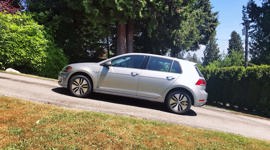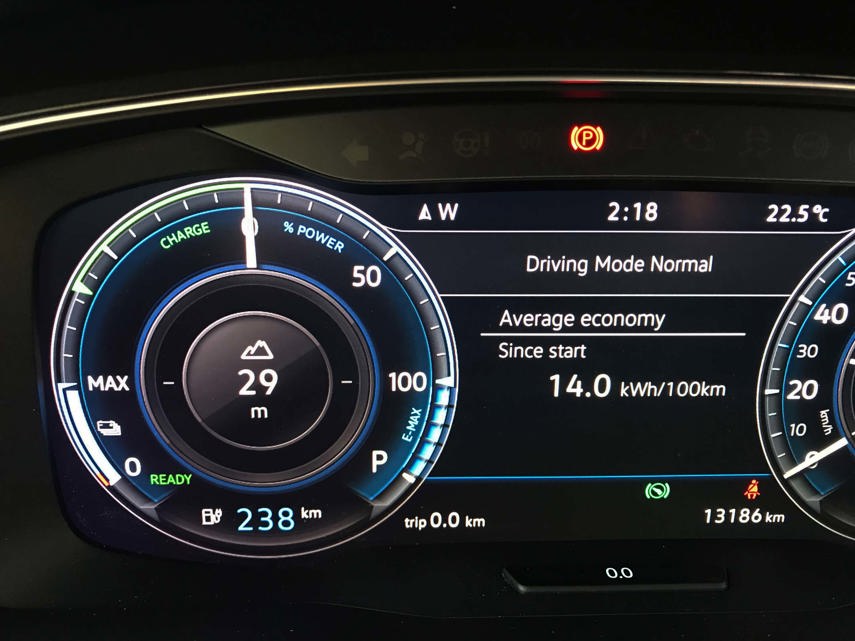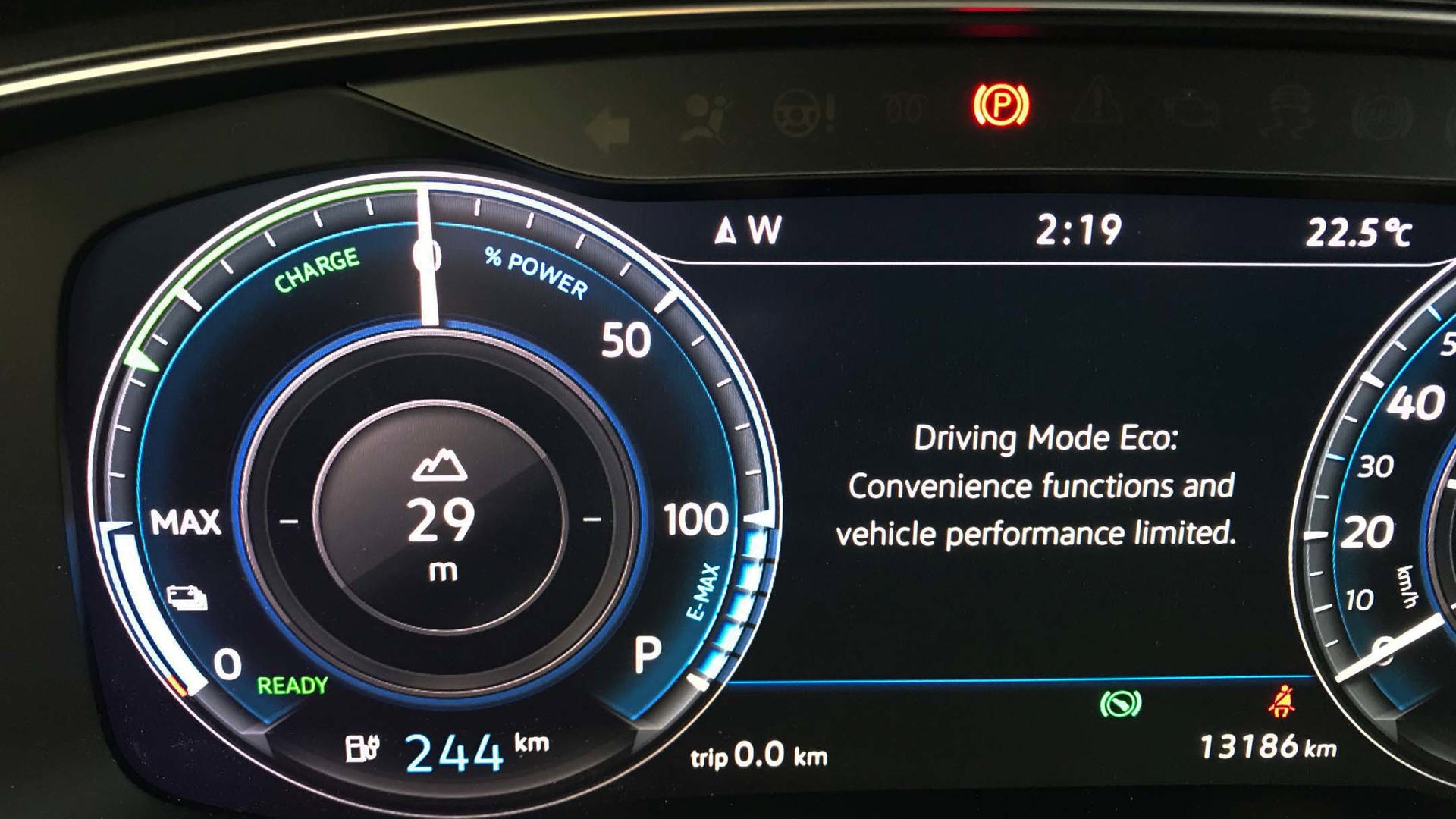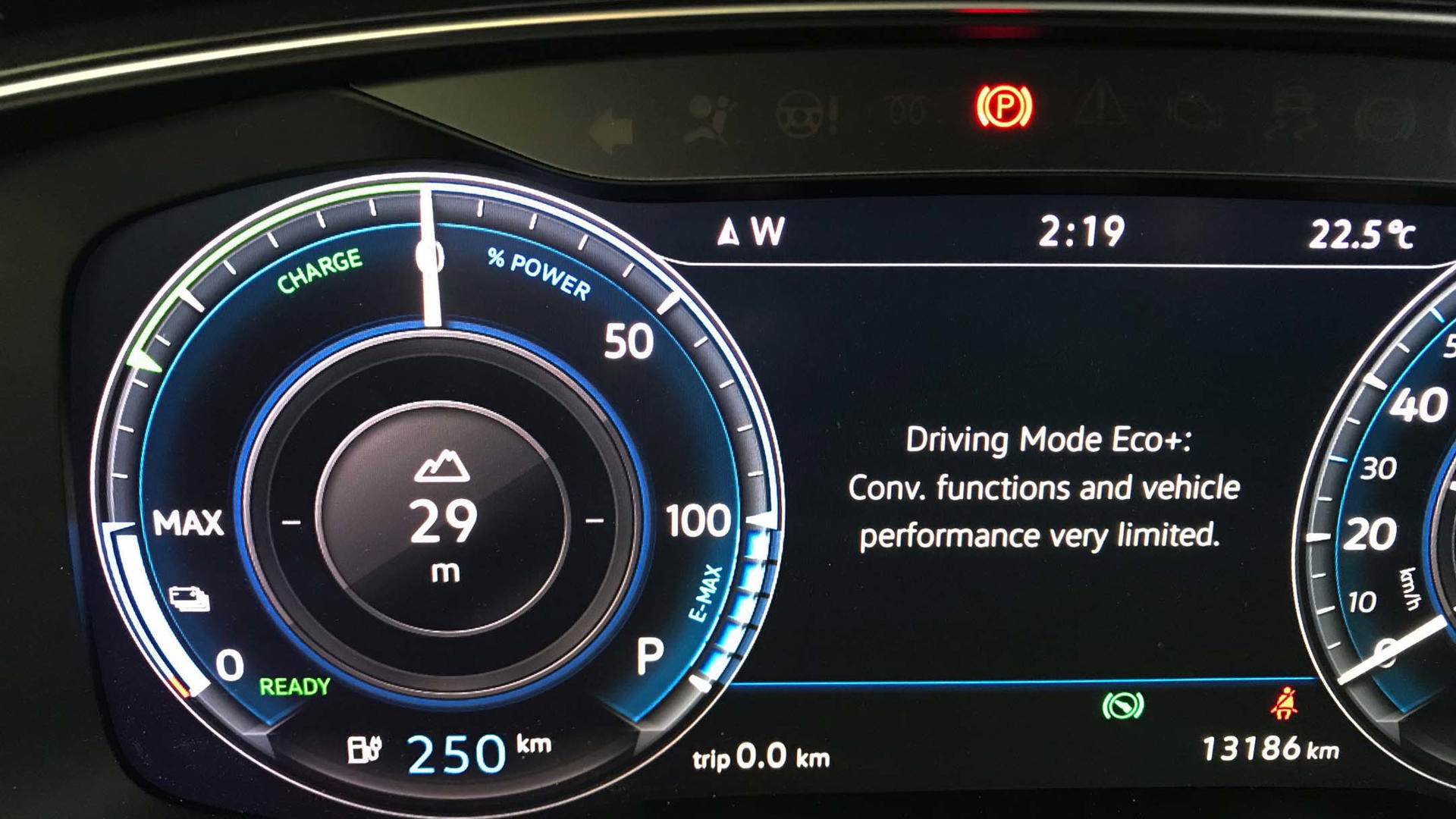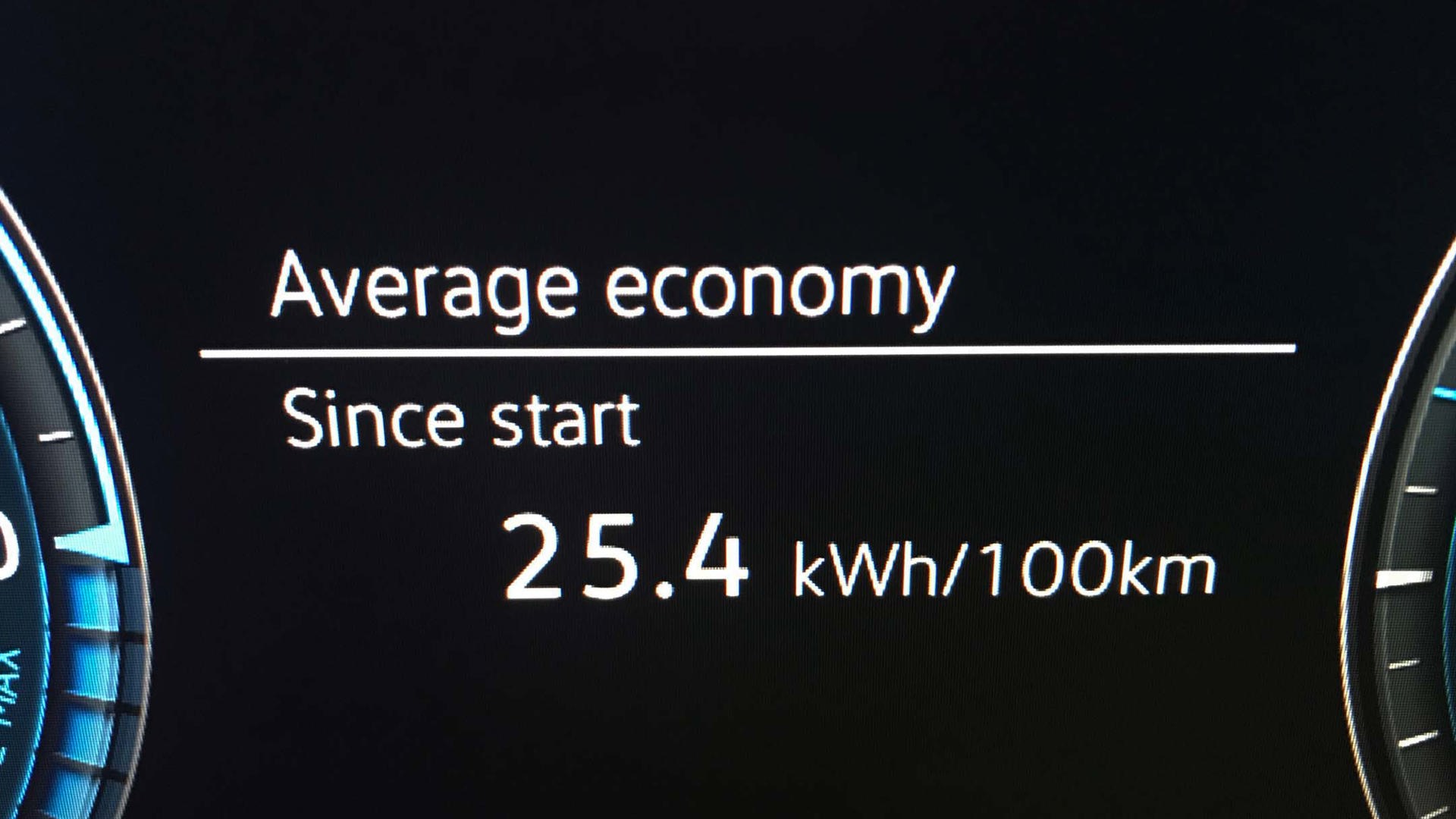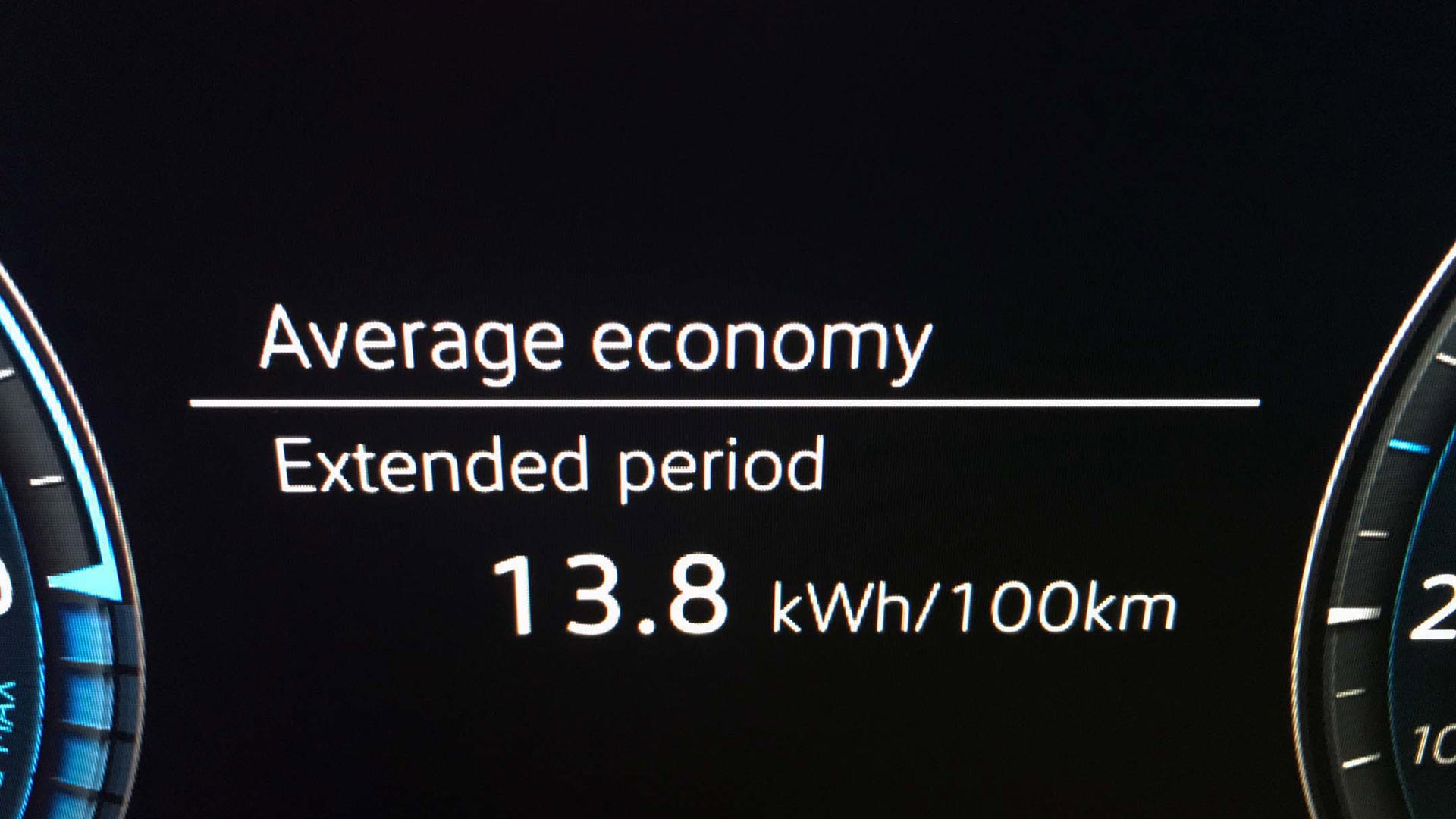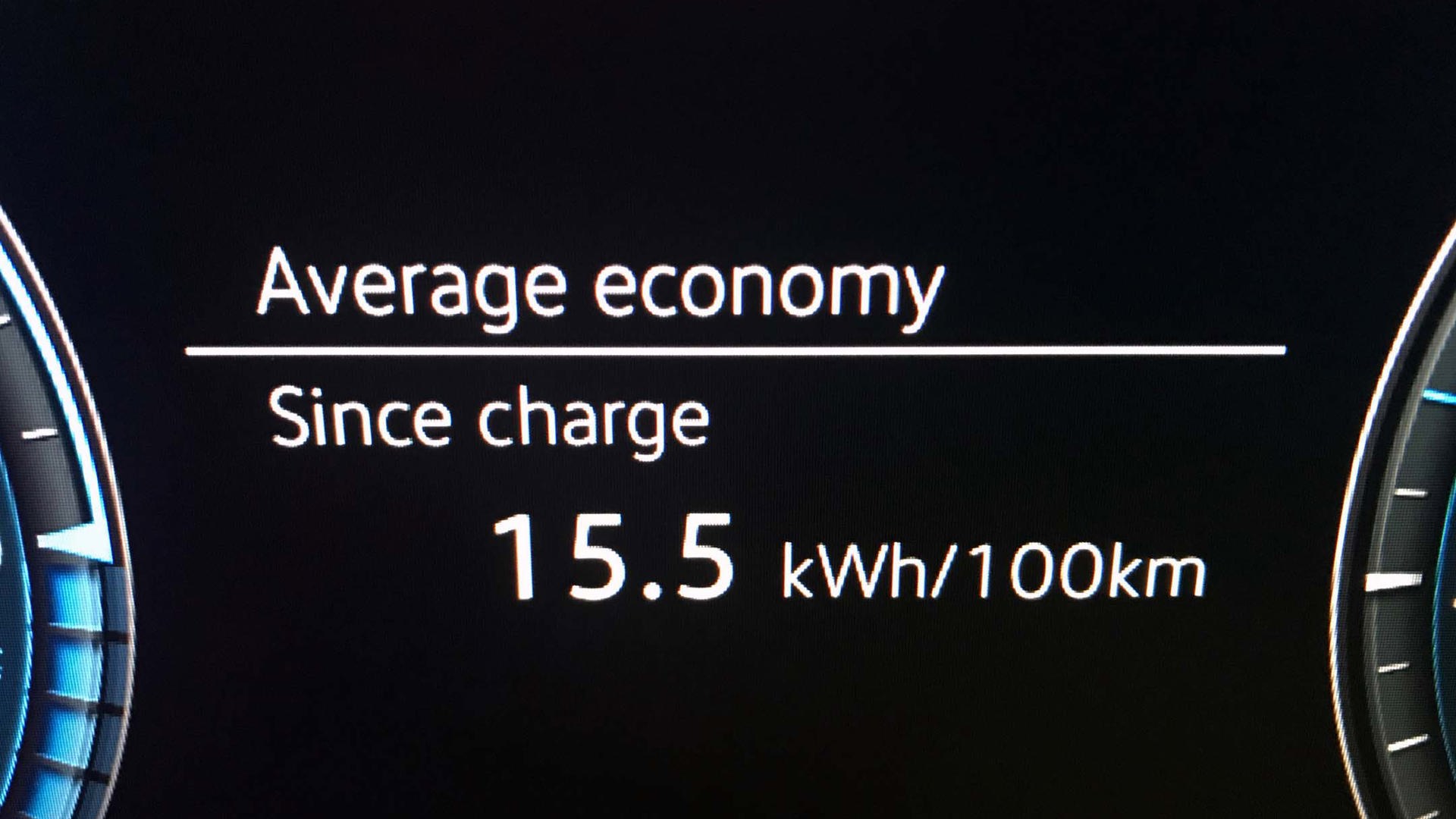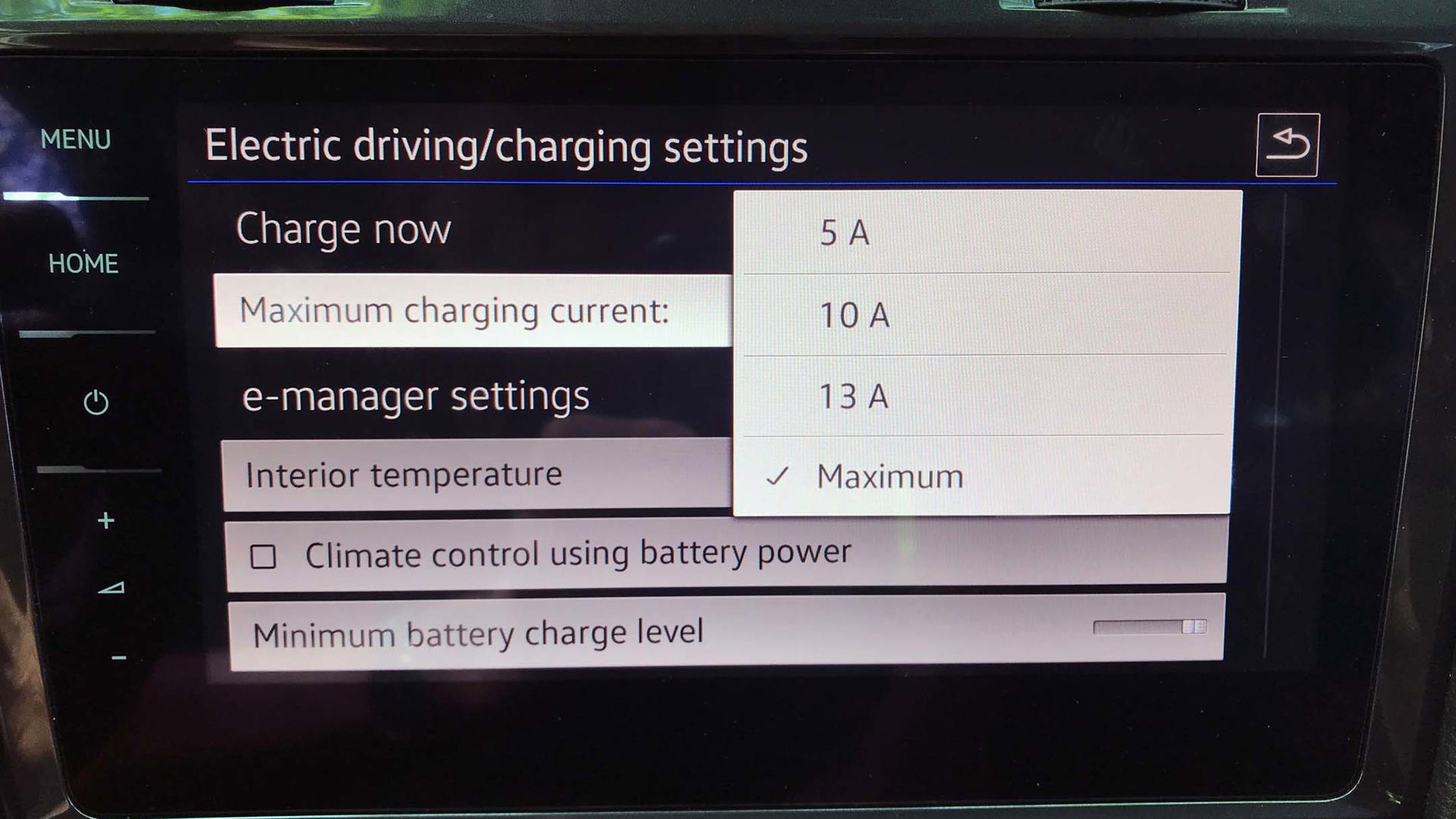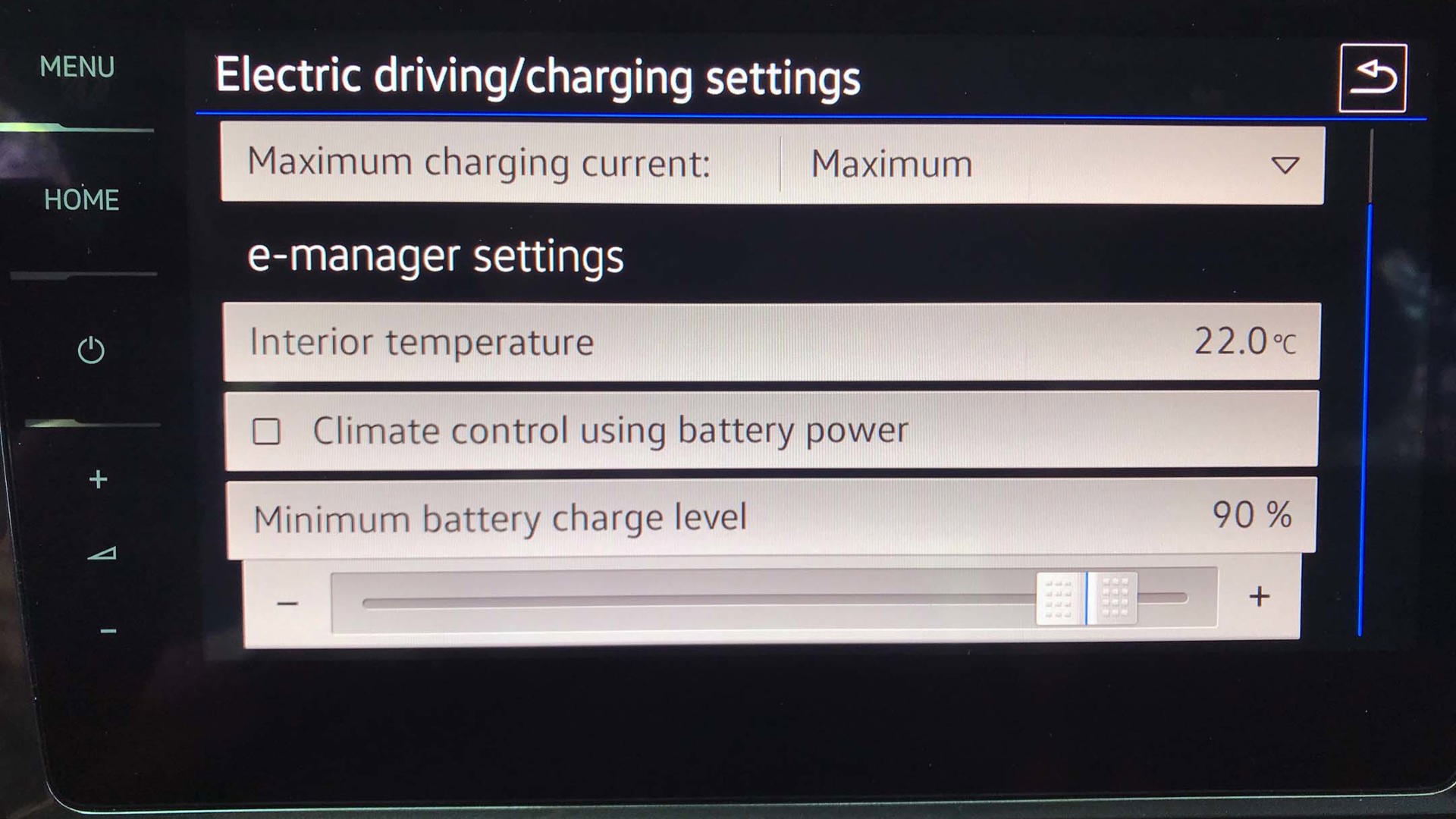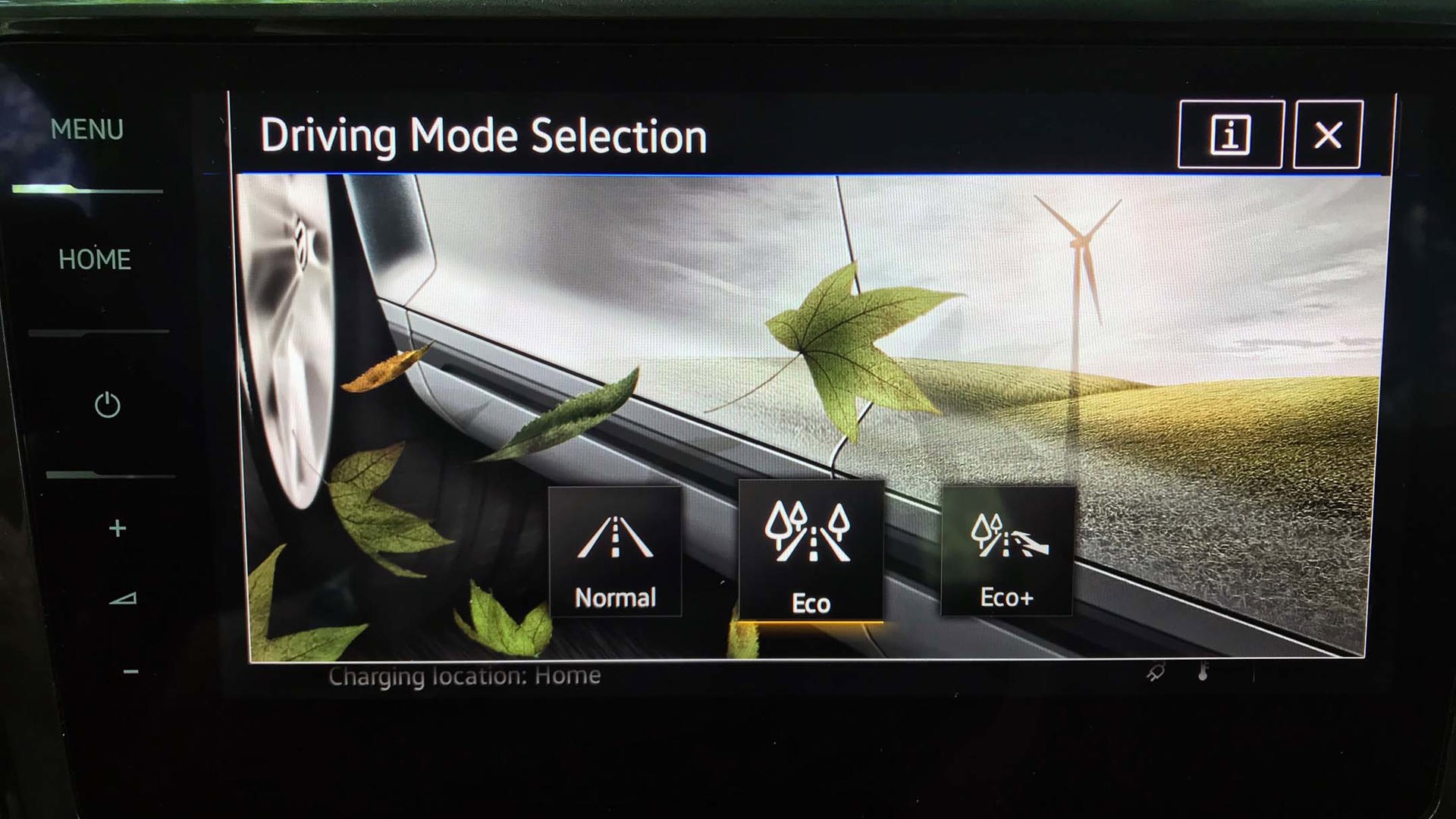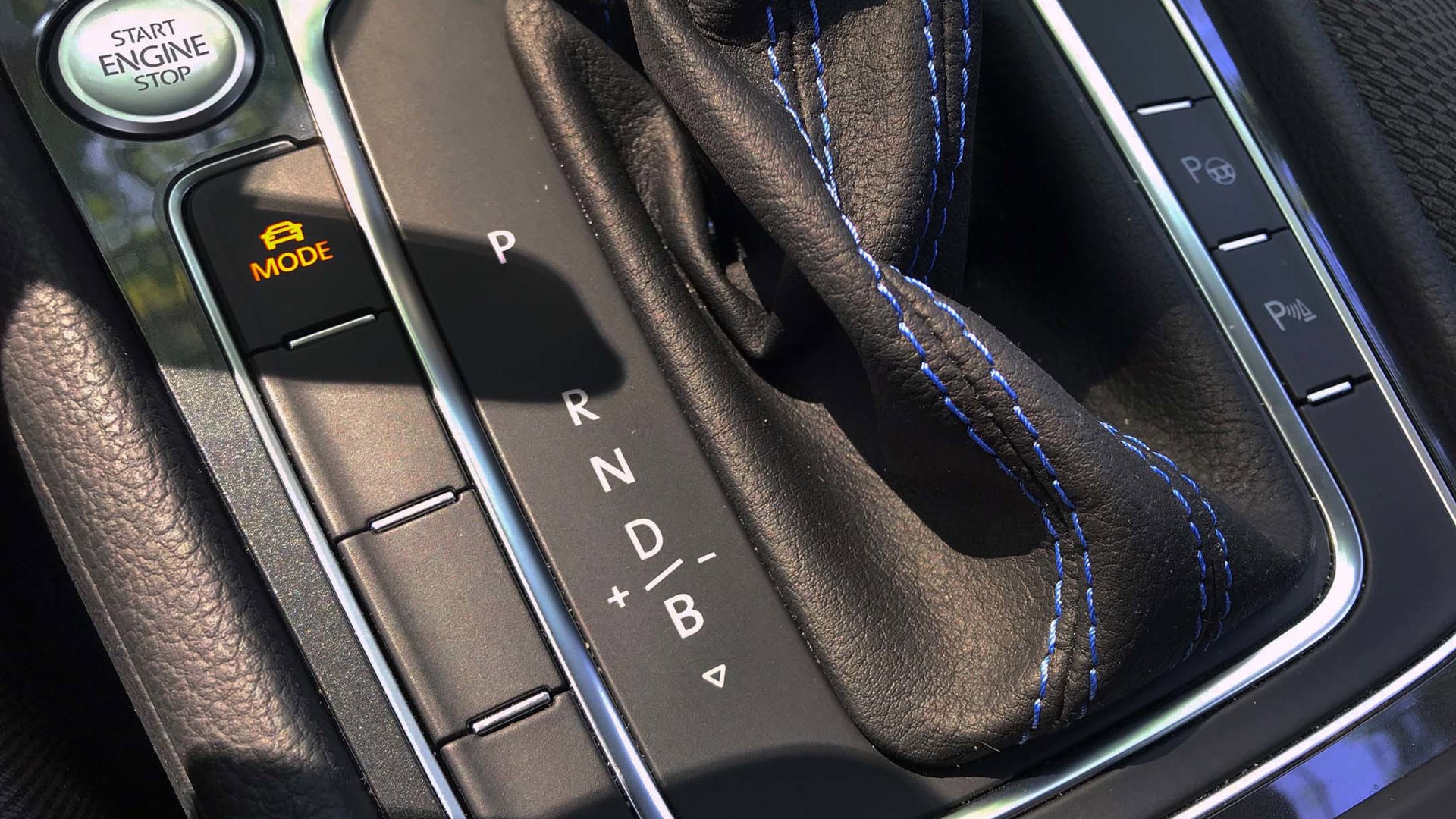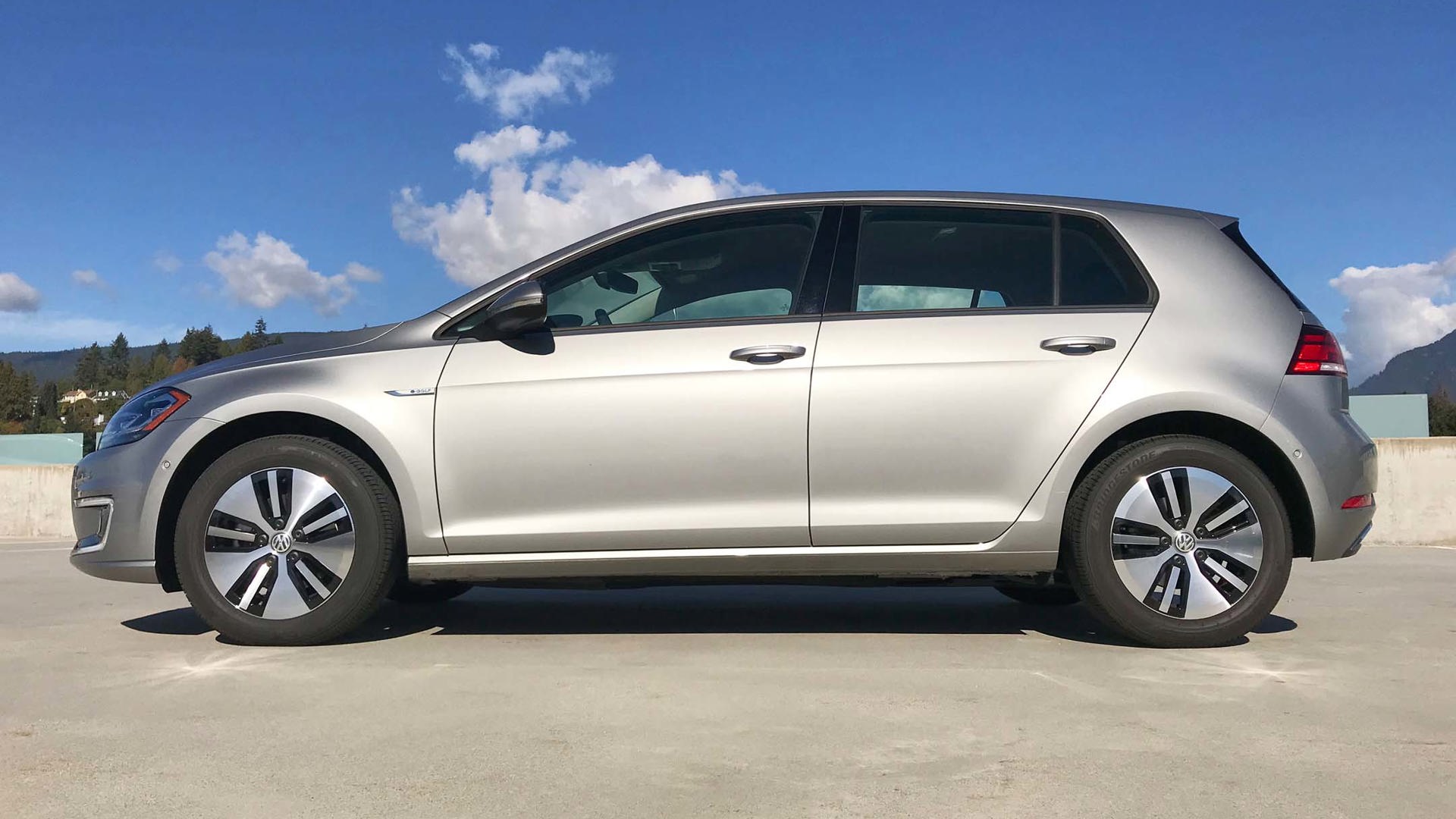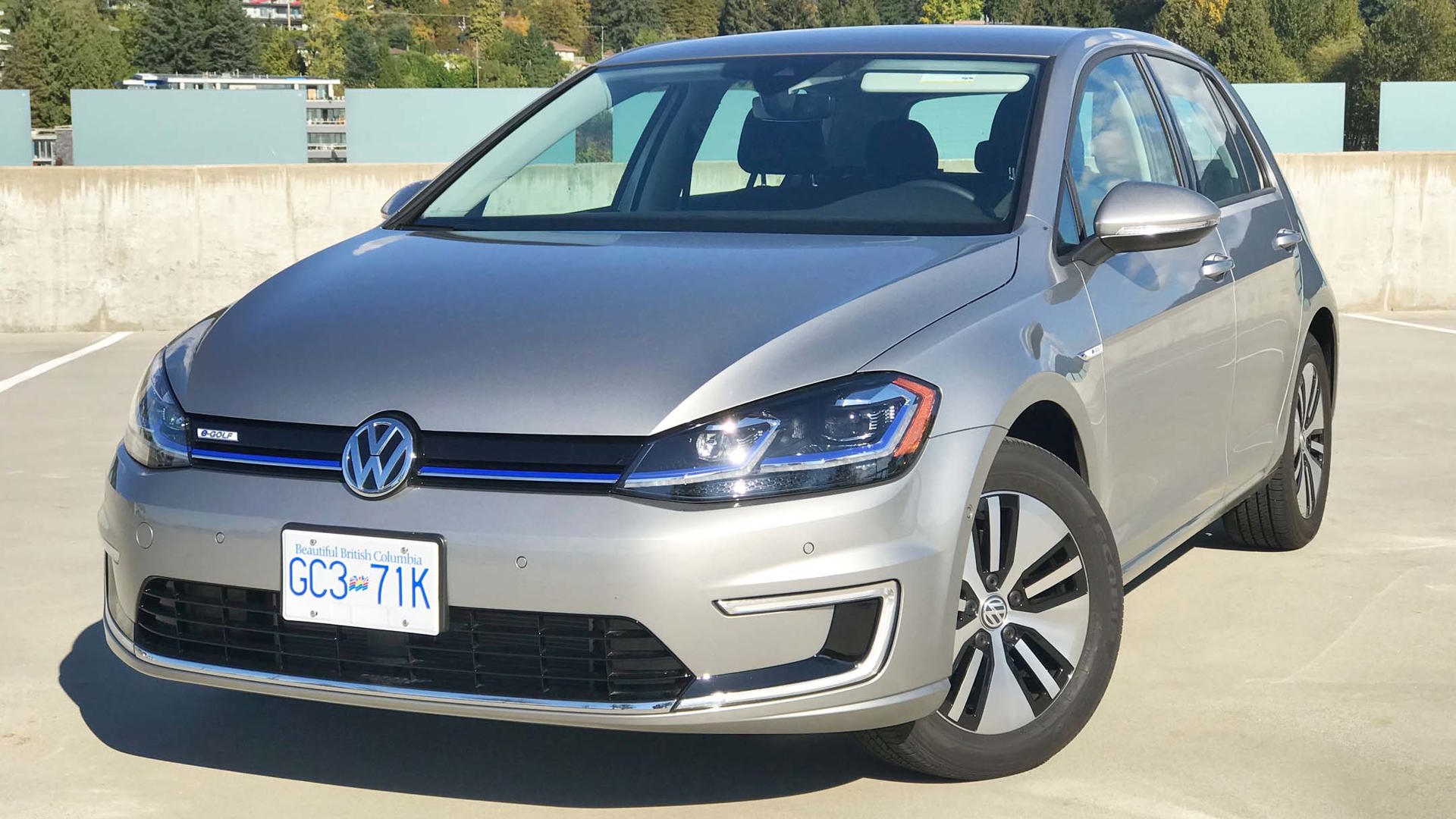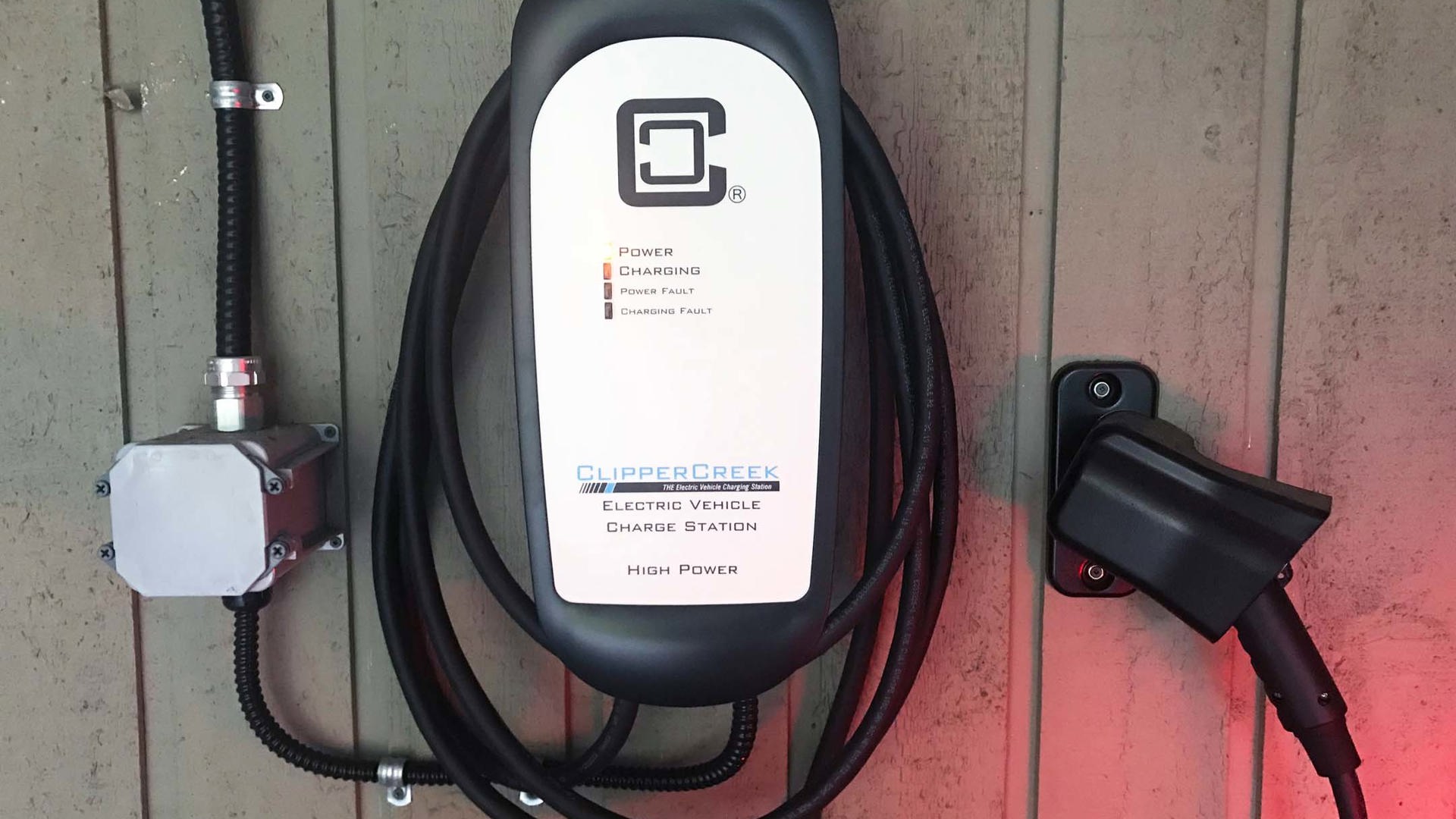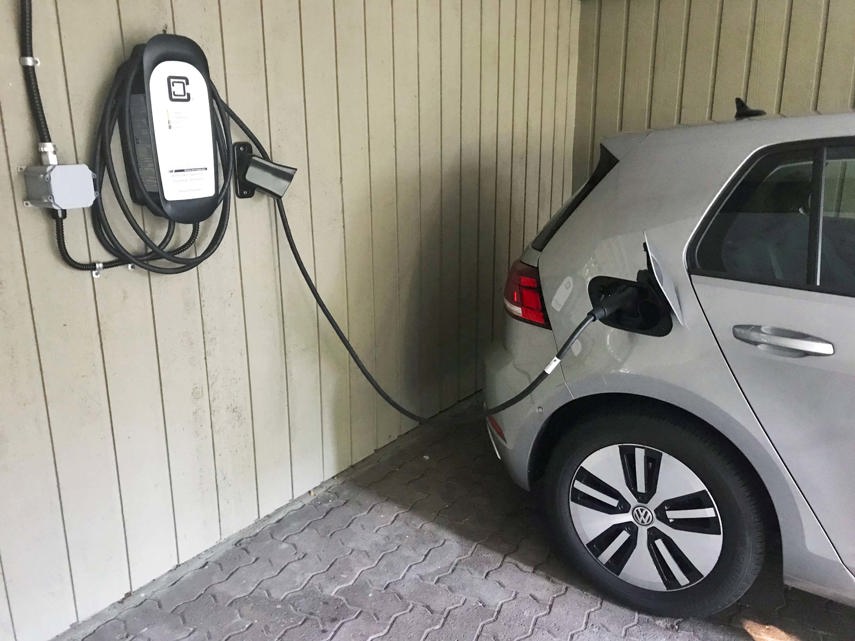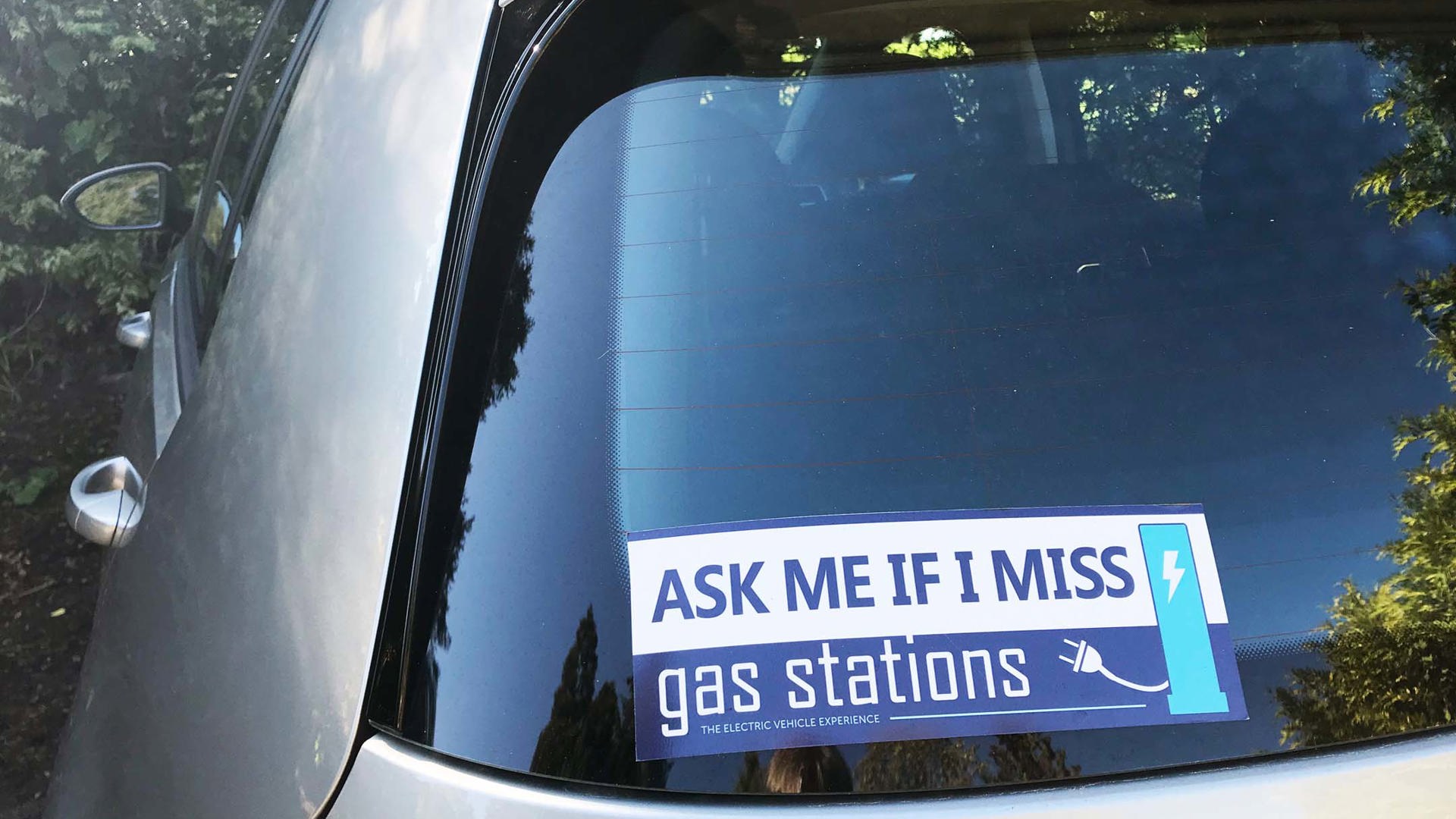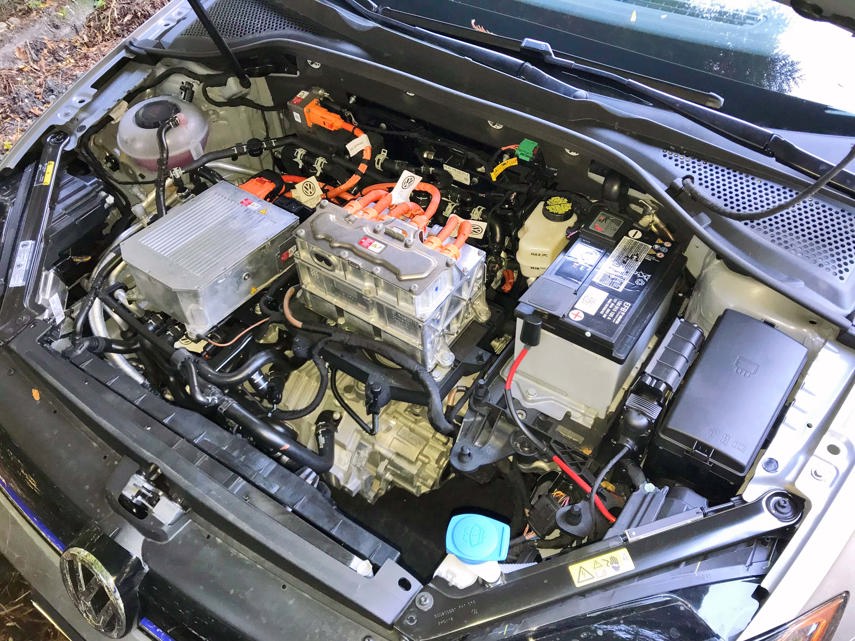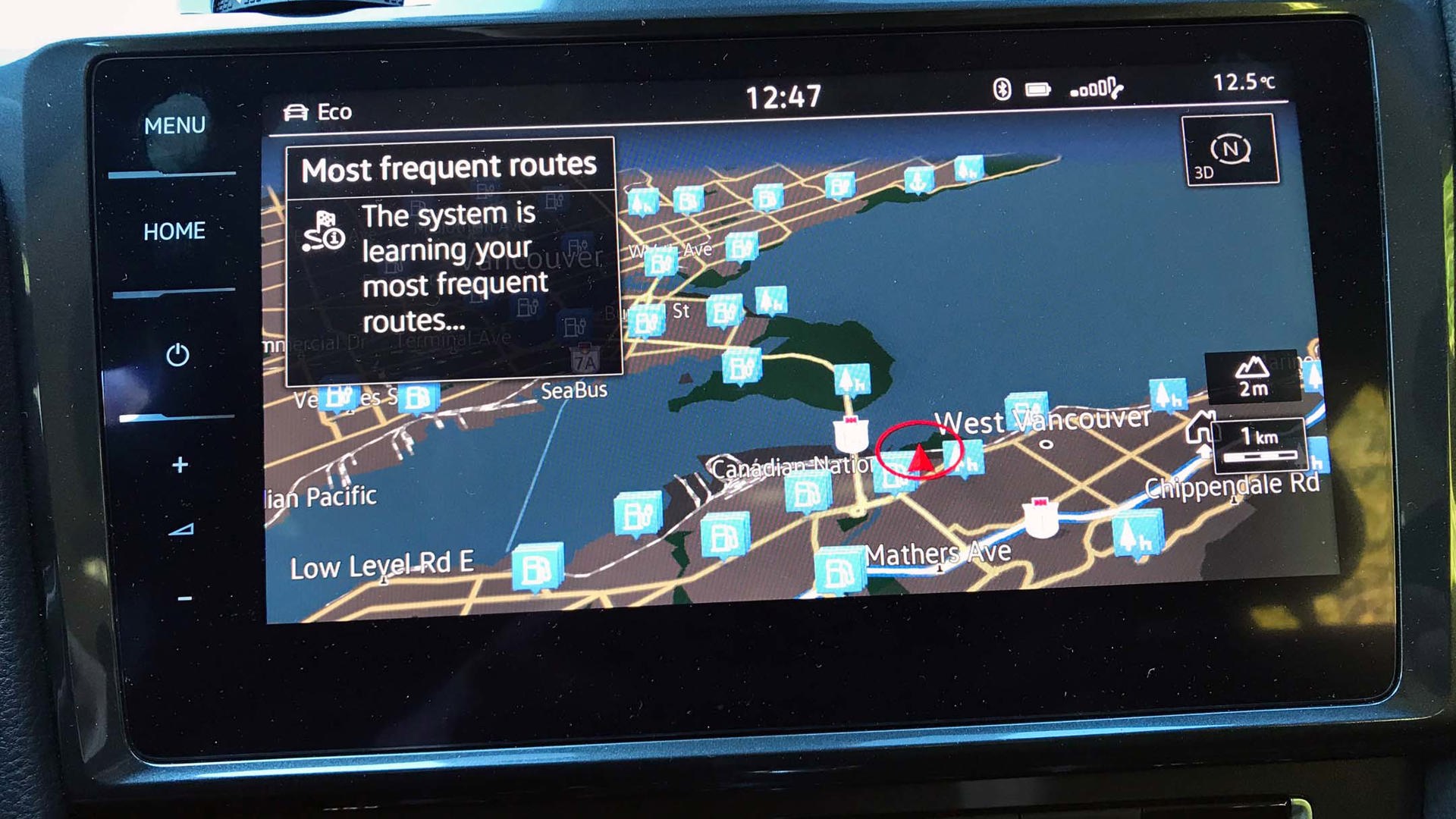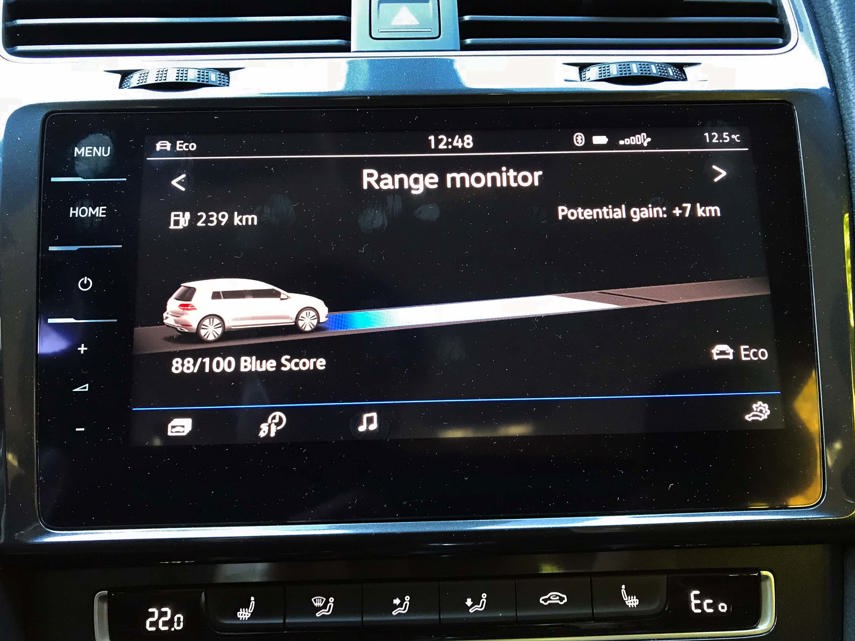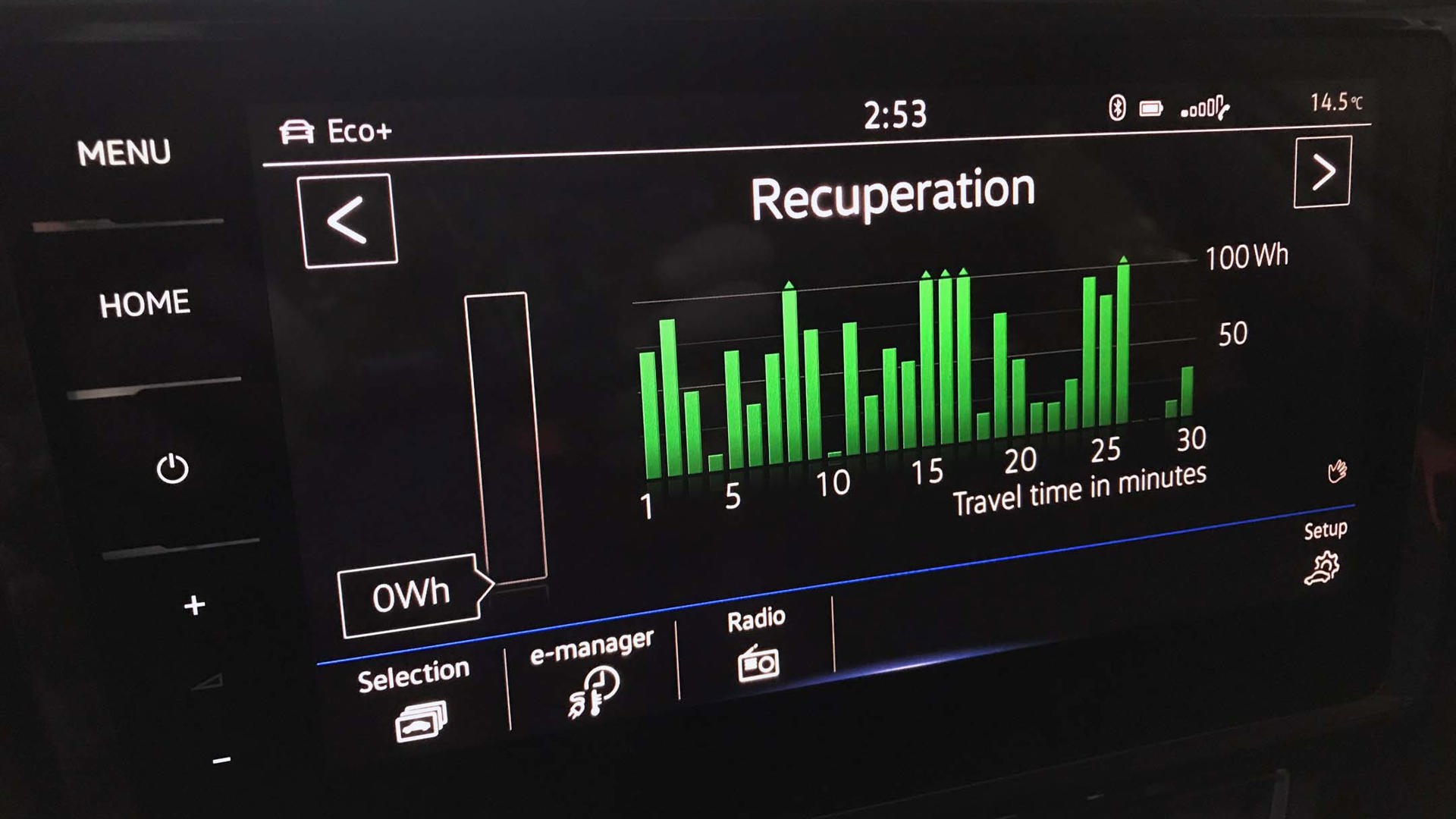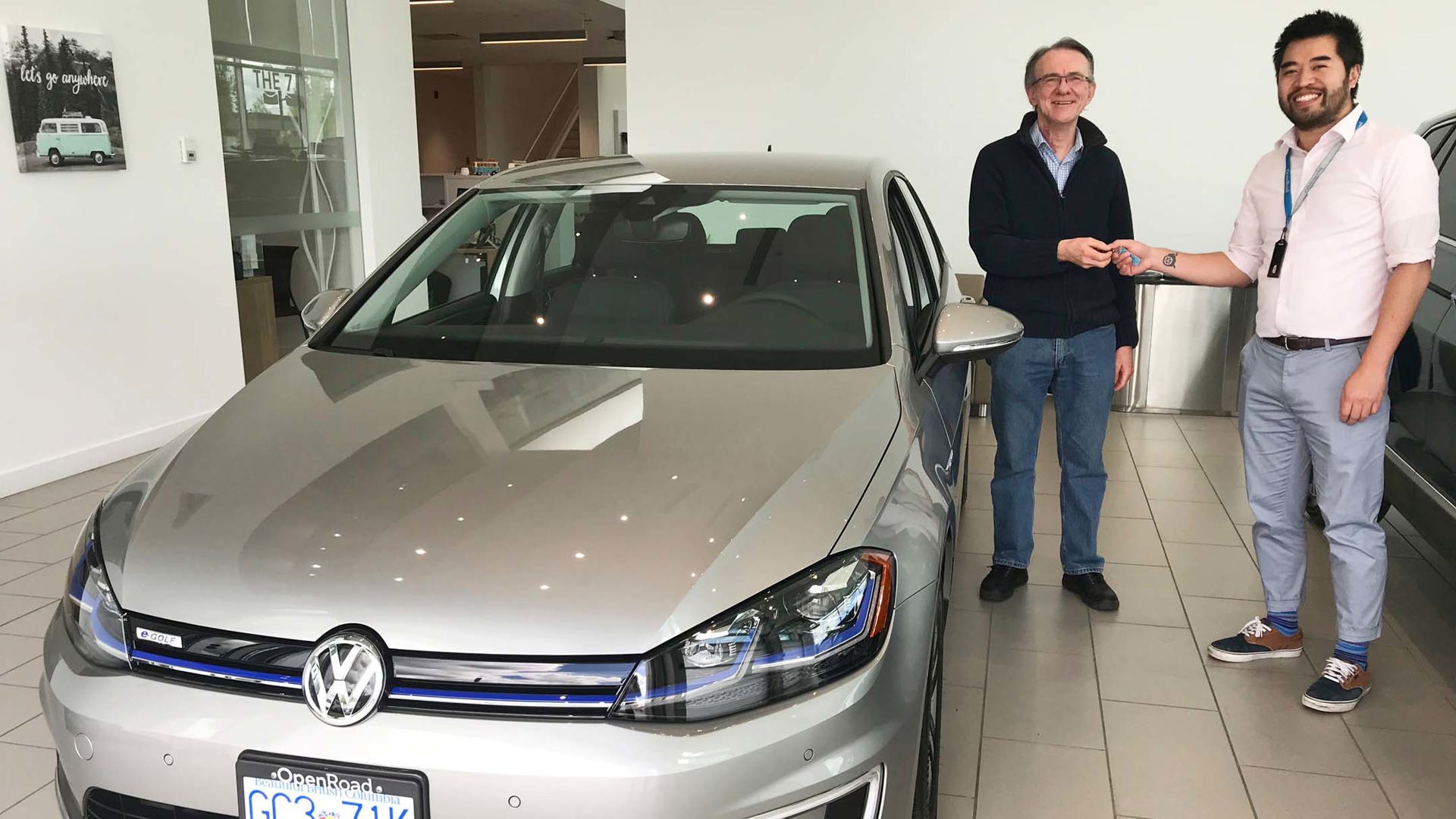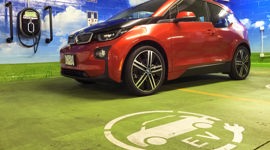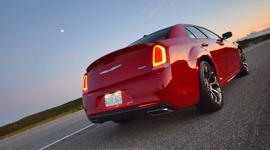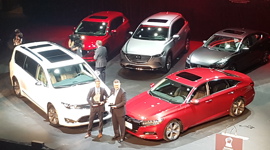VANCOUVER, BC – It’s been just over a year since I bought my fully electric 2018 VW e-Golf. Since my first report in October 2018, I’ve put another 8,000 km on the car and been through a west-coast winter where I was able to observe how cold winter temperatures affected its range and performance compared with the summer months.
Admittedly, this past winter on the west coast was unusually mild, with temperatures rarely falling below zero during the day. Even so, I found there were notable differences in performance summer to winter. By keeping a daily log of actual mileage vs the e-Golf’s range estimate, energy use per trip, and outside temperature, I was able to draw some interesting and sometimes surprising conclusions based on real-world data.
Getting the most out of the e-Golf’s battery
First, let’s review the VW e-Golf’s electric drivetrain: it includes a 35.8 kWh lithium-ion battery pack under the floor, a 100 kW (134 hp) electric motor under the hood and an official driving range of 201 kilometres. The battery can be fully charged from near-empty in about five hours with a 240-volt charger, and in about half an hour with a DC fast charger. But to extend the life of the battery, VW recommends it only be charged to 80 or 90 percent capacity; this can be set in the Vehicle Settings in the centre touchscreen. I set mine to 90%.
Like most EVs, the e-Golf offers driver-selectable energy saving modes that can increase driving range by reducing the electric motor’s power output and cutting back on power to electrical accessories. In the e-Golf, the driver can select Normal, Eco, or Eco+ by pressing a button on the centre console. Normal mode offers full power and all electrical accessories; Eco provides slightly reduced power; and Eco+ offers even less power, a limit on top speed, and no air conditioning.
Eco+ provides the longest range. As an example, on a warm dry day in June, the estimated range in Eco+ (displayed in the instrument cluster) was 250 km. Switching to Eco mode it was 244 km; and in Normal mode it was 238 km. Most electric vehicles have similar Eco settings.
Like all electric vehicles , the e-Golf has a regenerative braking system that helps increase range by sending energy back into the main battery when braking or coasting. In addition, the e-Golf driver can increase the amount of energy regeneration by tapping left on the shift lever. In the e-Golf, there are three regen levels of varying regeneration and braking levels as well as a fourth B-mode (the most powerful regenerative level) located just below D on the shift console.
For my purposes, I chose to drive in Eco mode all the time because it provided sufficient power to accelerate onto the freeway while still providing air conditioning to help defrost the windshield in the winter and cool the cabin in the summer. I also chose to manually shift into regen mode when descending hills to charge the battery and save on brake pad wear.
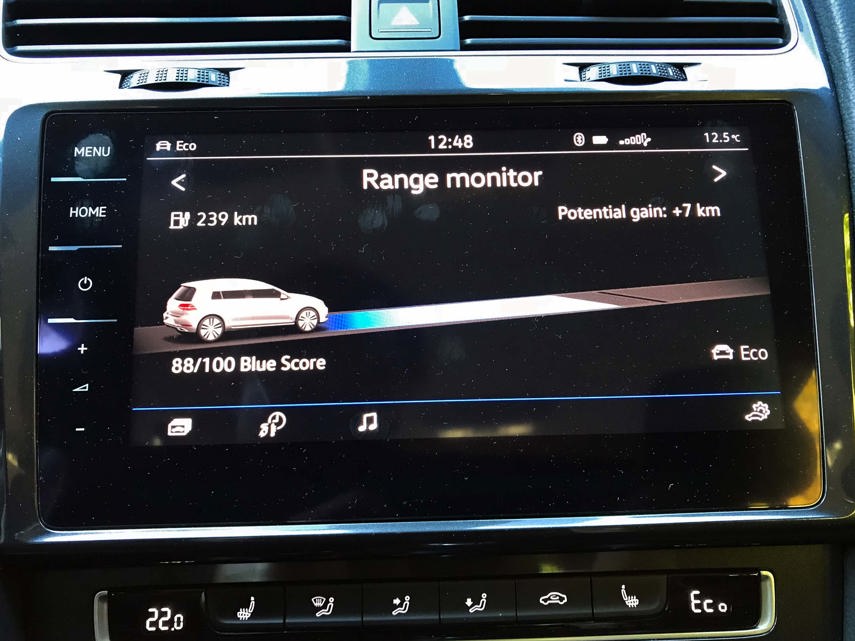
When driving in winter, an e-Golf can use 30 to 45 percent more electrical energy
To find out how cold weather affects energy use and range, I recorded the daily temperature and daily energy use from October to May. The e-Golf’s digital instrument display (which was part of the optional $4,655 Technology and Driver Assistance Package on my e-Golf) provides this data in kWh/100 km, including current energy usage, usage since the last charge, and usage since start of the trip.
I noted that on my typical daily commutes in January, which averaged around 22 km, energy consumption since charge was generally 4 to 7 kWh/100 km higher than in the height of summer. For example, on a cold day in January with the temperature hovering around zero degrees, my e-Golf would draw between 17 and 20 kWh/100 km, but on a warm day in August, my e-Golf usually averaged between 13 and 15 kWh/100 km.
Range was also reduced in winter. In February when temperatures were just below 0°C, my e-Golf’s estimated driving range (after a full charge) varied between 185 and 190 km. But in July, where nighttime temperatures varied between 20 and 28 degrees, estimated range after a full charge varied between 220 and 260 km.
Because the e-Golf uses more energy in winter, it costs more to drive in winter than in summer – though not much more. In Vancouver, home electricity rates average about 13.2 cents/kWh (over a certain minimum usage level). Thus, my daily 22-km commute in January cost me between 49 cents and 58 cents while the same commute in July cost me between 38 cents and 44 cents. Still damn cheap either way!
Rain and snow increase energy consumption
By comparing daily energy use on dry days and wet days, I found that rain- or snow-covered roads do increase energy consumption and reduce range, probably due to a combination of the extra traction needed to traverse slippery roads and the extra energy used by the wipers, heater, air conditioner, and defroster. As an example, on a rainy day in April, I averaged 19.8 kWh/100 km on my daily commute, while the following dry overcast day, I averaged 15.4 kWh/100 km over the same route.
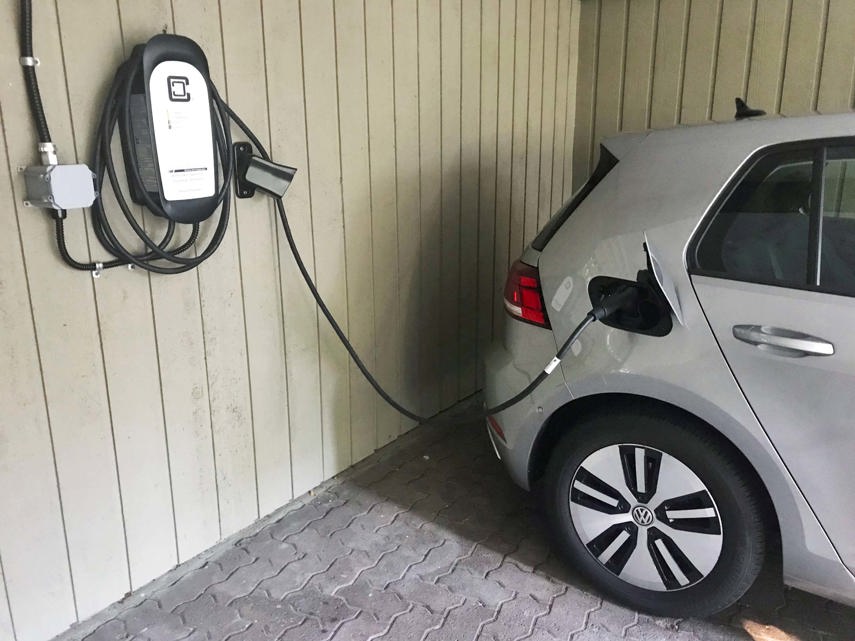
An EV parked outside in the winter will have a shorter driving range than one parked in a heated garage.
Each night, my e-Golf is parked in an open carport while it charges. Even after a full overnight charge, the car’s estimated driving range is always lower in the winter. Therefore it appears that colder temperatures reduce the battery’s maximum charge level and estimated driving range regardless of how long it is charged. It follows that EV owners who charge their vehicle in a heated garage or underground parking lot in the winter can start their day with a longer estimated driving range than owners who charge their cars outside.
Longer trips can be more energy efficient than shorter trips
On weekends, I often drive my e-Golf to the suburbs to visit relatives, a round-trip journey of 80 to 100 km. When comparing the e-Golf’s energy use to shorter daily commutes, I found that these longer trips used less energy per 100 km. Case in point: on a 110-km round trip in December, my e-Golf averaged 14.7 kWh/100 km while my daily 22-km commute was averaging 15 to 16 kWh/100 km. And on a 116 km round-trip on a sunny day in August when temperatures were between 21 and 24 degrees, average energy consumption was only 12.4 kWh/100 km. My shorter daily commutes were averaging around 13 to 15 kWh/100 km.
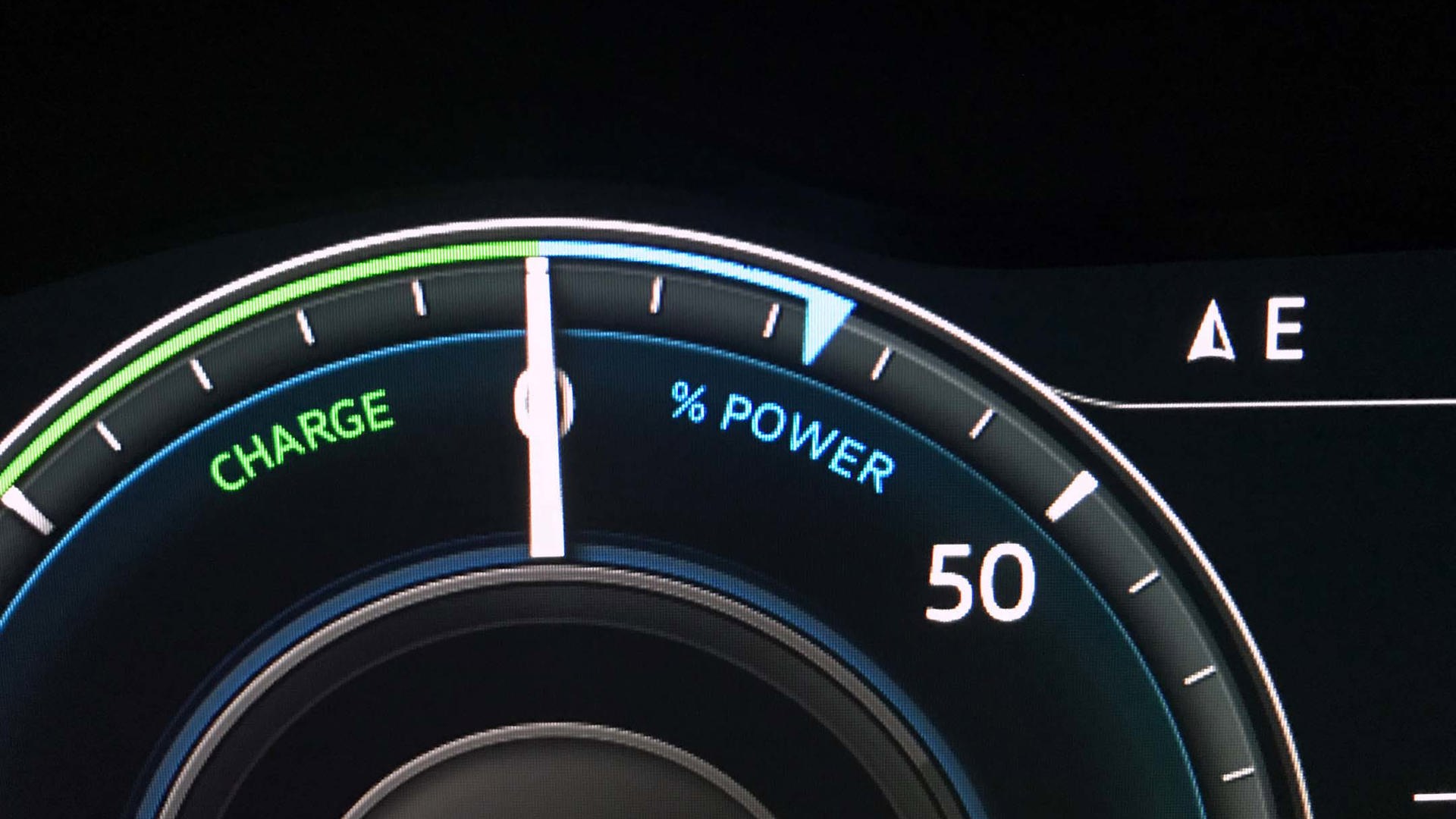
Higher freeway speeds don’t necessarily use more energy per 100 km
Though it’s generally accepted that EVs use less energy in short trips around town rather than at higher speeds on the freeway, I found that freeway drives don’t necessarily use more energy. Last summer, I drove more than 200 km on the freeway at an average speed of 100 km/h and used an average of 13.9 kWh/100 km. That’s pretty close to my daily summer commutes that averaged between 13 and 15 kWh/100 km. My guess is that steady state freeway driving requires less energy-drawing acceleration bursts than city driving does. That makes up for the additional energy needed to drive at higher speeds.
Going uphill uses a lot more battery energy
Due to the e-Golf’s energy recuperation feature that sends electricity back into the battery when coasting, braking or using the manual B-mode regen, the e-Golf’s estimated driving range actually increases while descending a hill and decreases rapidly when driving uphill. As I live on a steep hill at an elevation of about 130 metres, I can drive about 40 kilometres “downhill” to the sea-level suburb of Richmond, BC, and end up with more estimated driving range than when I started! But on the way home, which is mostly uphill, I use a disproportionate amount of energy. In the end, it tends to average out. Using the example of my daily 22-km commute from an elevation of 130 metres to sea level, energy consumption on the way down can be as little as 6 kWh/100 km, while the uphill return drive can consume up to 24 kWh/100 km.
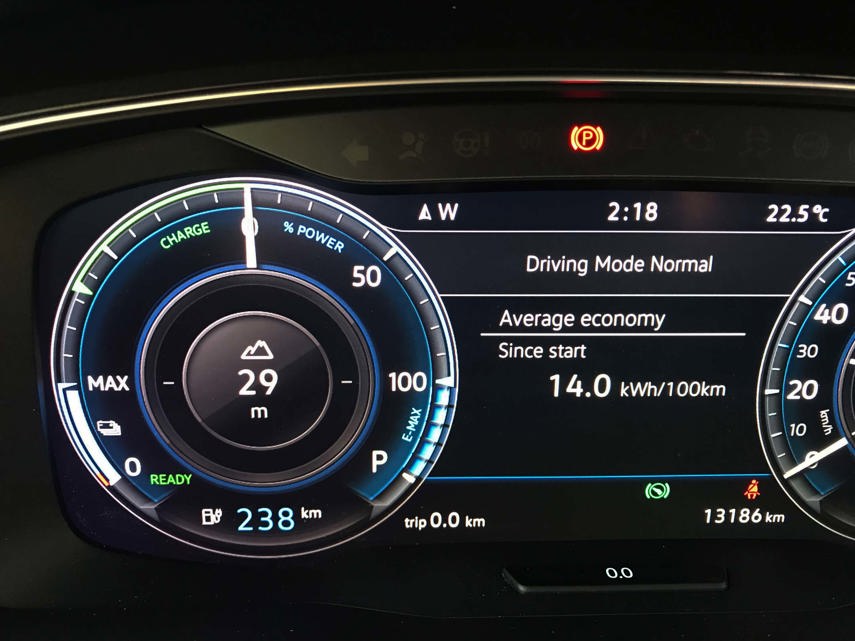
Vehicle range estimator is not always accurate
With the battery fully charged, a range estimator in the instrument cluster predicts how far the e-Golf will go before needing a recharge. If you’re going on a long trip, this is pretty important, but unfortunately, I found this estimate to be overly optimistic most of the time. For example, on a warm, 23-degree June morning, my e-Golf estimated a driving range of 246 km. After a round trip of 22 km that day, the range estimator showed a remaining range of 201 km. Somewhere along the way, I had lost 23 km of range! In general, the e-Golf’s electrical energy consumption varies widely depending on many factors, such as how aggressively the car is driven, the outside temperature, the weather, and the terrain.
On top of that, when the battery reaches about 10 to 15 percent of its capacity, power is dramatically reduced to save energy. At that point, the e-Golf goes into “tortoise mode” where the A/C is shut off and power output is way down. If an EV advertises a 200 km range, you can expect it to go 180 or 190 km before experiencing performance reductions.
Typical Canadian commuting distance means short recharging time
The typical round-trip commuting distance in Canada averages only 18 to 20 kilometres, according to Statistics Canada. That means with a 240-volt (Level 2) charger, the car’s battery can be recharged in just half an hour. In theory, an e-Golf owner who drove 30 km a day would only need to recharge the battery every week or so; that could be useful if the owner doesn’t have access to a 240-volt charger on a daily basis.
Even if the same EV owner needs to make a second trip each day (kids to piano lessons; grocery trips, etc.), the total mileage would only require one or two hours of charging time per day or once every three or four days.
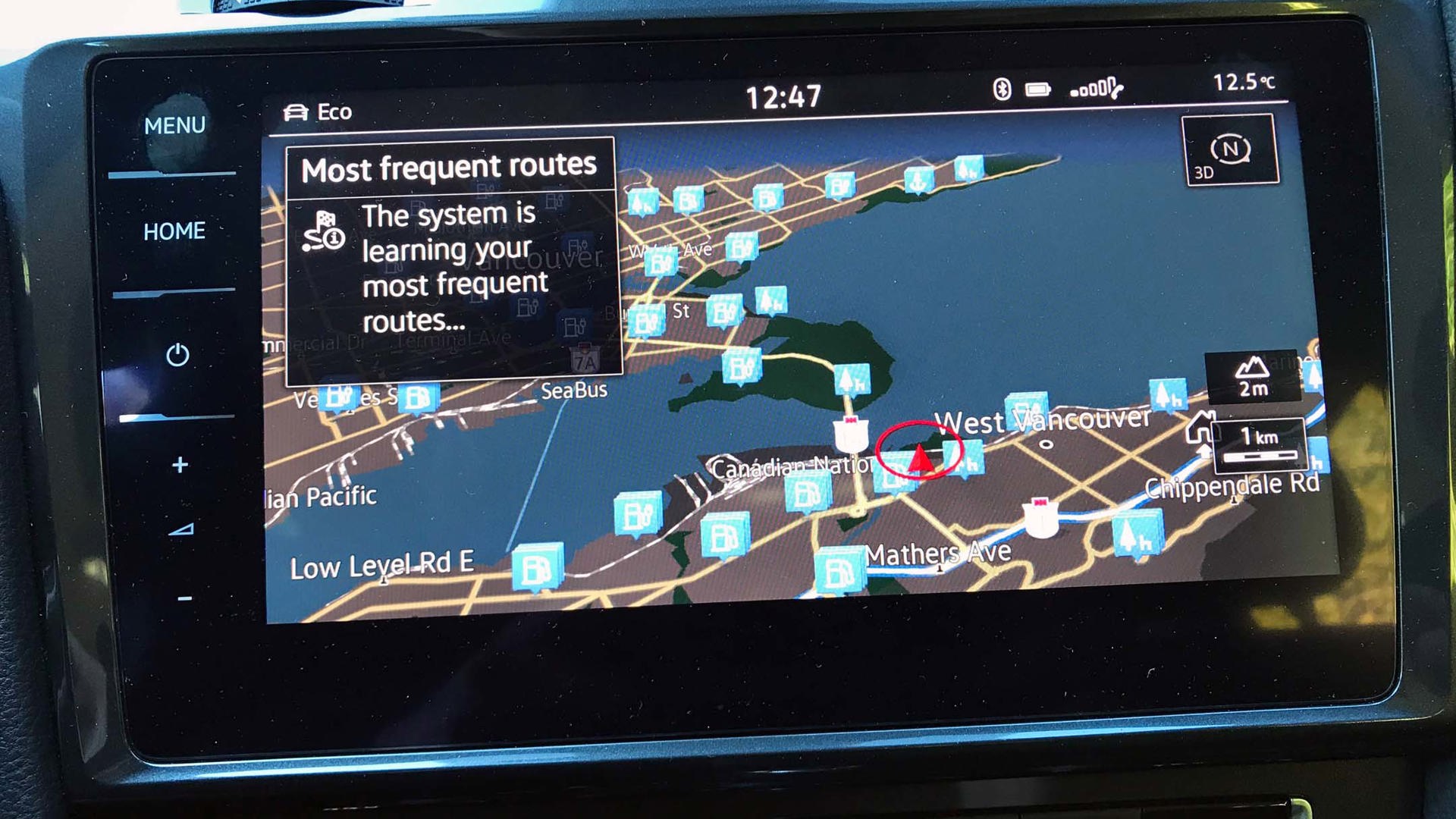
Low running costs
I put about 13,000 km on my e-Golf in just over a year and running costs have been low. My e-Golf’s average energy consumption over a year has been 13.8 kWh/100 km. At 13.2 cents a kWh, the cost of electricity amounted to $236 for the whole year. If you compare that to a 2018 Golf 1.8T with a combined fuel consumption rating of 8.5 L/100 km and average gas price of $1.40/litre (in Vancouver), the total annual fuel cost works out to $1,309. Basically, I saved over a thousand dollars in fuel costs in a year.
As well, the e-Golf has had no mechanical problems and the first year’s tune-up cost just $120. There’s no doubt: EVs are cheap to run.
Conclusion
When I bought the e-Golf in May of 2018, I wanted to know if the e-Golf’s higher price, shorter driving range, and long recharging time was worth the switch from a traditional vehicle with an internal combustion engine.
After one year, I am comfortable saying “yes”, despite the drawbacks. My initial worries that its 201 km range would be too short turned out to be unfounded because my typical travelling distances are way less than the e-Golf’s minimum cold weather range of 180 km (at least in BC). As well, I don’t have to worry about finding and using public charging stations because I have my own 240-volt charger at home. And I have the option of using our second car if we need to go on longer trips.
However, for people who own only one vehicle, I wouldn’t recommend any electric car priced under $50,000 unless they never plan on exceeding its range. It’s simply a matter of practicality and convenience: most EVs under $50,000 have a range of 150 to 400 kilometres which is about one-third to one-half the distance of a gasoline car. That means if you do need to go on an out-of-town trip, you may have to re-charge the car on the way to your destination. So you’ll have to find a 240-volt or DC fast charger that isn’t already being used by another EV. Even if one is available, you’ll need to spend a minimum of 30 minutes (fast charger) to a few hours (240-volt) waiting for it to charge the car. And when you reach your destination, you’ll need to find another charger in order to make the return trip, and you’ll have to stop halfway home to recharge again. It’s just too inconvenient for most people, especially when you can buy a cheaper gasoline car that has none of those problems.
If you can afford a Tesla with a long-range battery, an Audi e-Tron, or a Jaguar i-Pace, you may be able to make your destination without charging on the way, but you’ll still have to recharge your fully depleted battery at your destination which could take up to eight hours on a Level 2 charger. Hopefully, that charger will be in the garage of your hotel where your EV can be recharged overnight. If not, you’ll have to find an available charger somewhere else and wait for your car to be charged.
My conclusion is that EVs make fine city commuters and grocery getters if you have easy and regular access to a 240-volt charger; in fact, I would argue that EVs are superior to traditional urban vehicles in their performance, quietness, and comfort. But for longer trips, EVs can add a level of inconvenience that most people wouldn’t tolerate.
In my opinion, mass adoption of EVs isn’t likely until three things happen: EVs are priced similarly to gasoline cars, EVs have a range comparable with gasoline cars, and both public and private charging stations are widely available.
Fortunately, there is significant progress on all those fronts; but that’s another article.
